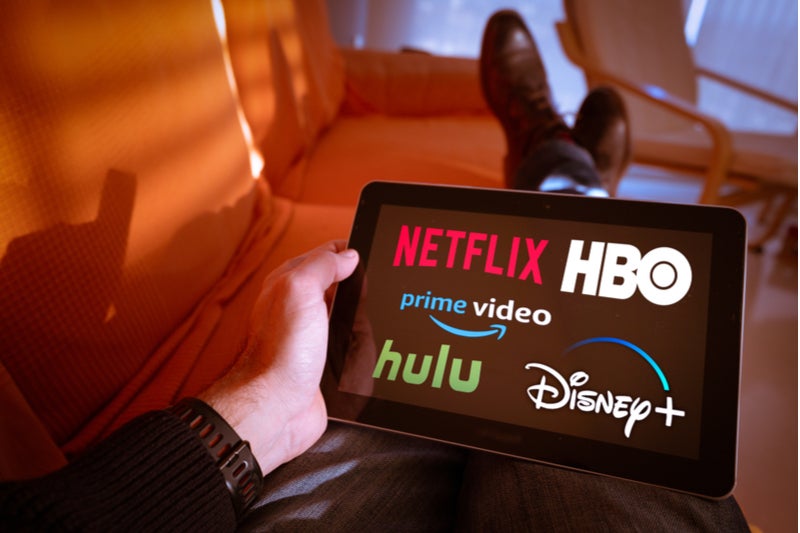The streaming wars are entering full flow. By spring 2020, Netflix, Amazon, Disney, Apple, HBO and Comcast will all be vying for US market share.
Usually, such a competitive market would mean that overall, even if some of the companies lose, consumers will win by receiving more content at lower prices as companies’ desire for market share takes priority over profits. However, this war is different: consumers will lose from the beginning and will – for the foreseeable future – continue to do so until consolidation kicks in.
The movement from traditional broadcast to internet TV — discussed at length in GlobalData’s upcoming Internet TV thematic report — has taken the world by storm.
When it first launched, Netflix charged users $8 per month for its streaming platform, significantly below the $20-$80+ that cable companies were charging at the time. The proposition was compelling: for the price of a single premium cable channel, customers could access a plethora of films and TV shows. However, the Netflix model was easily copied and competition began to rage over content ownership.
Netflix, Amazon Prime, Hulu and Disney Plus have segmented the streaming market. The most popular content is divided out between these streaming giants which means consumers would need to subscribe to as many as six services to access all the shows they like.
To give one example of the predicament faced by viewers, the recent announcement that the classic US 10-season sitcom Friends will leave Netflix at the end of 2019 was met with outrage from fans, who will have to pay $15 a month to watch the show on HBO Max from May 2020.
How well do you really know your competitors?
Access the most comprehensive Company Profiles on the market, powered by GlobalData. Save hours of research. Gain competitive edge.

Thank you!
Your download email will arrive shortly
Not ready to buy yet? Download a free sample
We are confident about the unique quality of our Company Profiles. However, we want you to make the most beneficial decision for your business, so we offer a free sample that you can download by submitting the below form
By GlobalDataThe industry knows the market must consolidate, and securing content rights is vital for long-term survival. Hence, the current content arms race which has presided over a golden age in TV production: 496 scripted shows were released in 2018 compared to just 216 in 2010. This high demand for shows has led to astronomical production and licensing costs. Comcast (owner of Peacock) outbid Netflix to secure the rights to The Office for $100m a year. Netflix responded by acquiring the global rights to Seinfeld for over $500m over five years.
These bidding wars are driving up prices for consumers and forcing them to adopt multiple subscriptions. In most circumstances, competitive markets usually force down prices, however, there are no margins to accommodate this in the streaming market.
Netflix’s premium service has doubled to $16 yet remains unprofitable. Amazon and Apple have the scale to sustain losses for a longer period, however, others aren’t so lucky and their business relies on TV, therefore the burden falls on the consumer.
Eventually, the strongest streaming platforms will displace the weakest from the market, but until then consumers must get used to paying for multiple subscriptions at higher prices.
With the inclusion of sport — which will increase the prices of subscriptions further — it is unlikely consumers will be able to sustain more than three subscriptions in the long-run. We could expect to see prices eventually converge at above $15-20 per month, meaning the cost of three services will come well into cable territory. It is difficult to estimate when this market will consolidate, but a shakedown is inevitable.
Unless Netflix addresses its high debt burden, it — and others like it —will be in the most trouble. Amazon will remain strong as its streaming service is uniquely bundled with its online retail business, and may never need to be profitable on its own.
Ultimately, this war will be won on streaming services’ long-term profitability. A careful balance must be struck between strong content, competitive pricing and a quality user interface. But the major platform vendors will likely find there is only room for two or three players in each market.
The off-screen drama will be inevitable in the streaming wars when failure for some providers becomes inevitable.
Related Report:









Related Company Profiles
Comcast Corp
Netflix Inc
Amazon.com Inc
Apple Inc